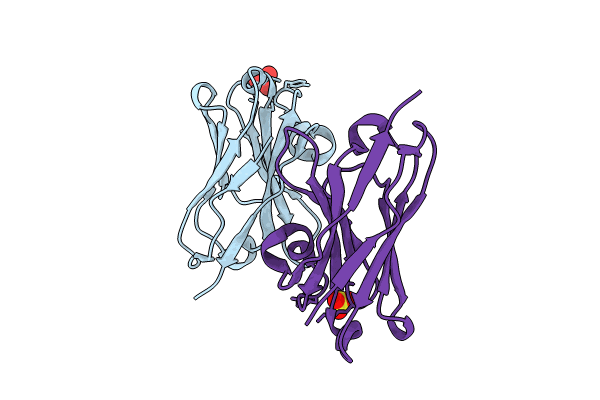
Deposition Date
2023-02-24
Release Date
2023-12-27
Last Version Date
2024-10-23
Method Details:
Experimental Method:
Resolution:
1.27 Å
R-Value Free:
0.18
R-Value Work:
0.16
R-Value Observed:
0.16
Space Group:
P 1


